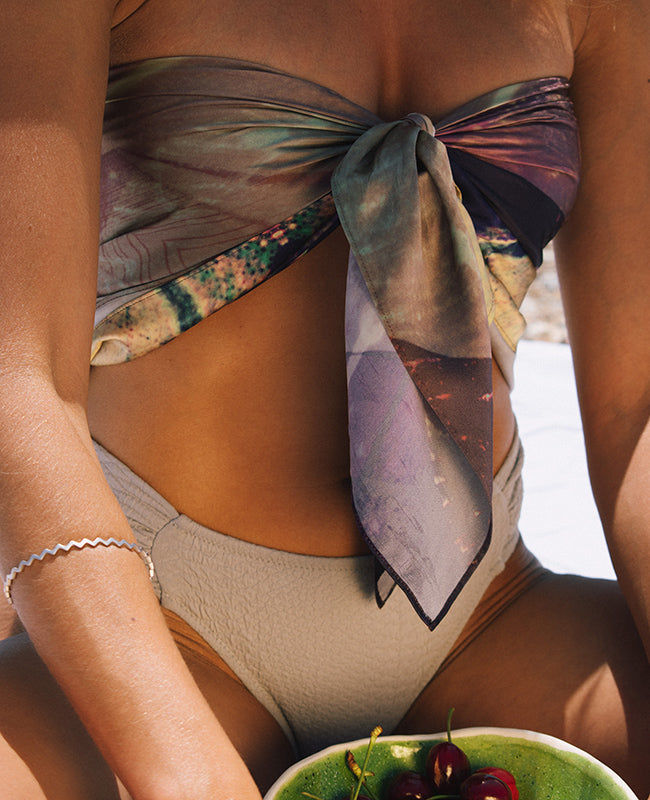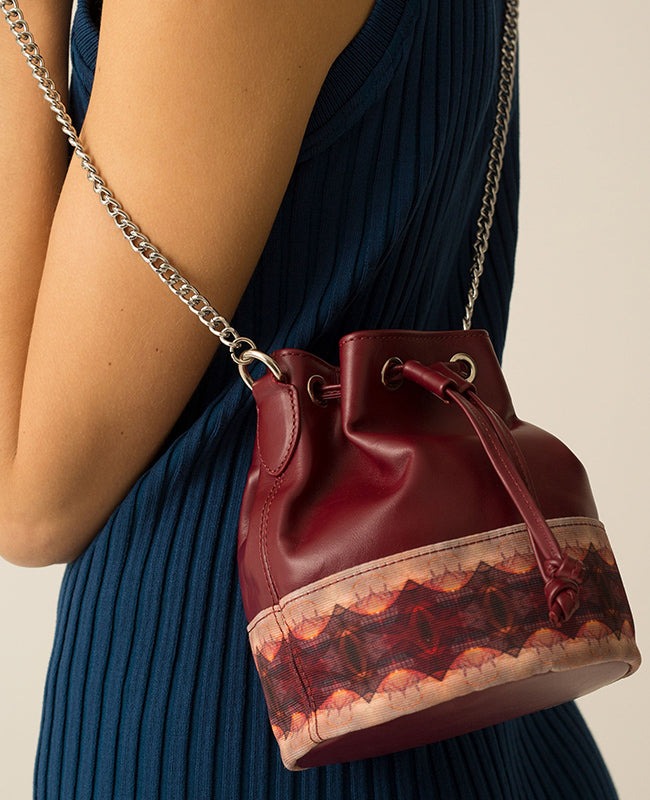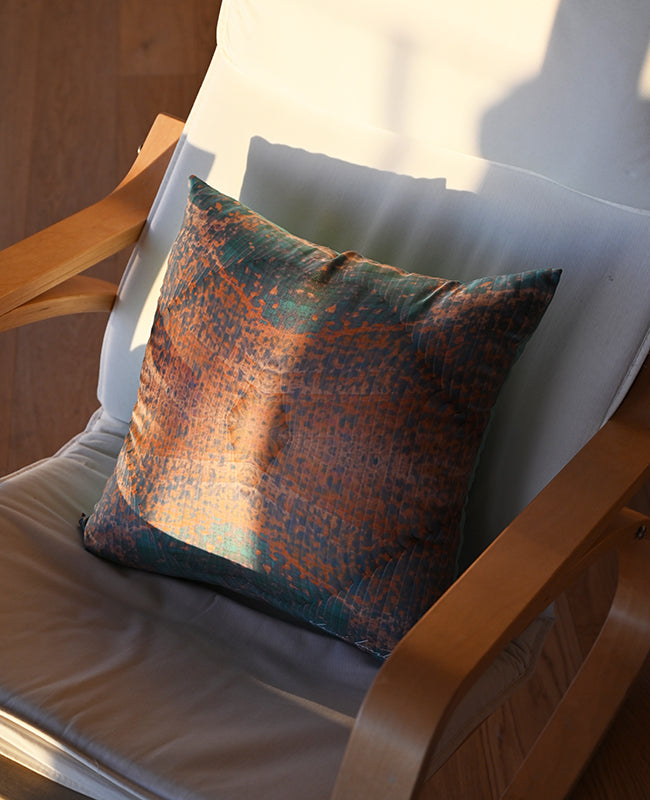Article: Silk

Silk
Description
Silk is a very special natural fibre. It possesses an extraordinary richness that can express a lush personality when woven into precious brocades, satins and jacquards. Its sensuous drape will be forever associated with the ultimate in glamorous eveningwear and luxurious lingerie.
Silk is widely perceived to be the most elegant of all the natural fibres, and even after so many years of attempting to provide a man-made substitute, no single synthetic fibre has come close to replicating either its properties or the breadth of applications that it embraces.
History
According to archeological evidence, silk has been used for at least 5000 years and has shaped world history with evocative tales of legendary romance and adventure. When Empress Hsi Ling Shi, wife of the Yellow Emperor, sat under a mulberry tree and discovered that silkworm cocoons were made of a delicate thread, the ancient Chinese developed the art of cultivating the delicate silk moth and started producing luxurious fabric of incredible quality.
Properties
- Very strong - stronger than cotton and linen
- Smooth with exceptional drape
- Stays cool
- Biodegradable
- High elasticity
- Tends to shrink
- Wrinkle resistant
- Absorbs colours very well to achieve vivid and solid results
- Absorbs and release moisture
- Sheds dirt and dust easily
Care
 |
 |
 |
 |
|
Hand wash with mild soap or dry clean
|
Do not bleach
|
Hang to air dry
|
Iron with low heat, inside out
|
Manufacturing
Silk can be produced by several insects, but the most common one is from caterpillar. Silk production today is a combination of both modern technology and ancient techniques developed by the Chinese centuries ago. It goes without saying that the process of harvesting silk from a cultivated cocoon involves killing the larvae; therefore has raised concerns and criticism on the grounds. For a positive impact on human health and the environment, third party certification for materials being used in any fashion product is highly beneficial.
We always research suppliers who are committed to responsible sourcing and constantly try to find new techniques and ways to become more liable, including but not limited to high quality textiles, small quantities orders, environmental footprints, chemical free dyes, waste policy and ethical working environments.
Hallett, C. and A. Johnston, Fabric for Fashion: The Complete Guide, Laurence King Publishing (2022)
Blum, P., Circular Fashion: A Supply Chain for Sustainability in the Textile and Apparel Industry, Laurence King Publishing (2021)
Textilepedia: The Complete Fabric Guide, Fashionary International Ltd (2021)











